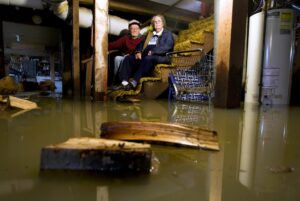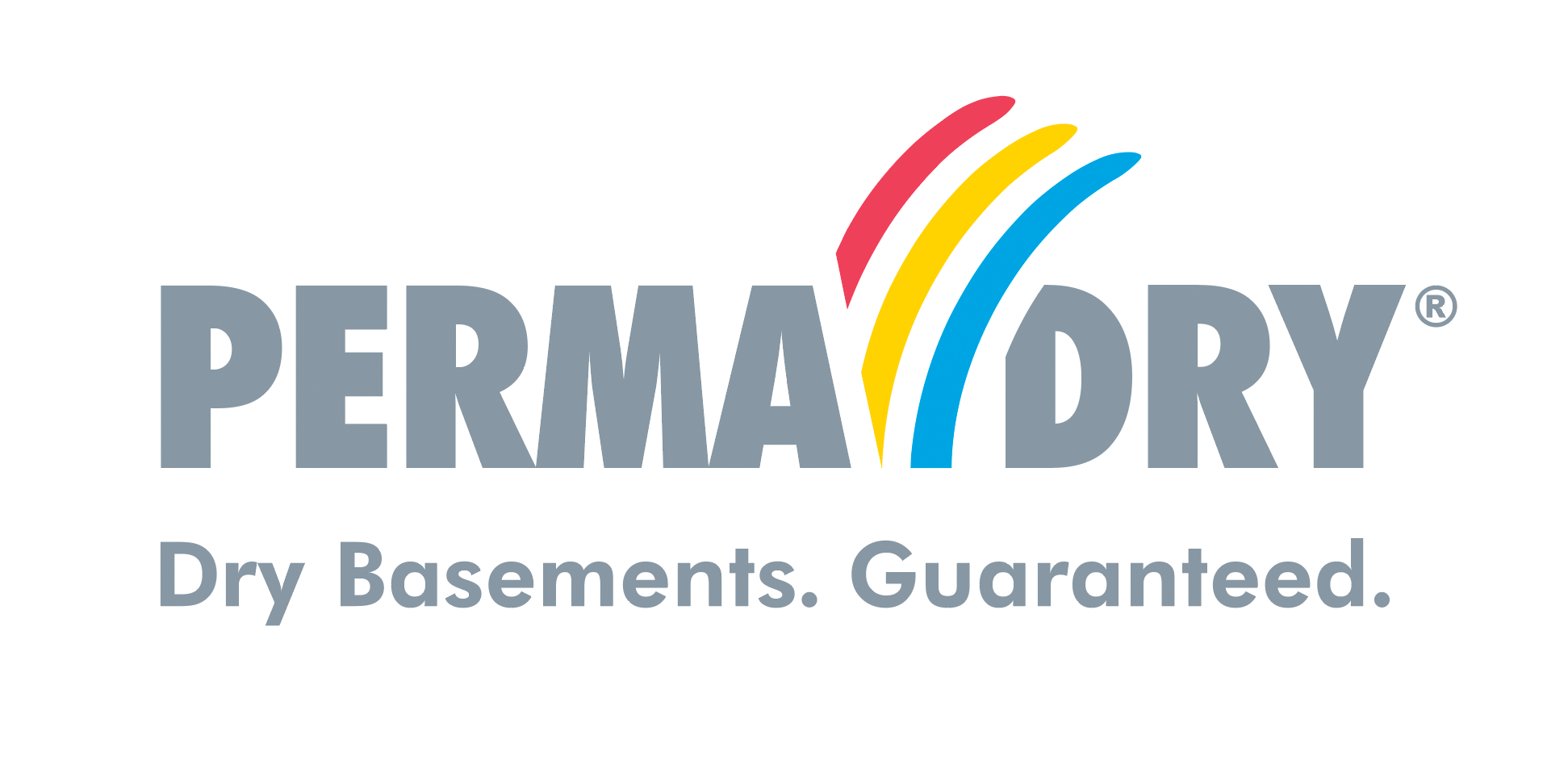If you’ve ever dealt with a wet basement, you may have heard the term hydrostatic pressure. This natural force is one of the biggest threats to the structural integrity and dryness of your basement. Understanding hydrostatic pressure and how it affects your home is crucial for maintaining a safe and dry living space.
What is Hydrostatic Pressure?

Hydrostatic pressure refers to the force exerted by water against your basement walls and floor. When the soil around your home becomes saturated with water—often due to heavy rainfall, poor drainage, or a high water table—this pressure increases. Since water seeks the path of least resistance, it will push against the basement foundation, looking for ways to enter.
Common Causes of Hydrostatic Pressure
Several factors contribute to hydrostatic pressure and basement water problems:
- Failed or Compromised Drain Tile Systems – Drain tile systems are designed to manage groundwater and reduce hydrostatic pressure. However, if the system becomes clogged, broken, or improperly installed, water has no way to escape, leading to pressure buildup against basement walls and floors.
- High Water Table – In areas where the water table is naturally high, groundwater can easily reach the foundation level, increasing the likelihood of water intrusion.
- Poor Soil Drainage – Some types of soil, like clay, retain water rather than allowing it to drain away. This increases saturation around your home’s foundation, raising hydrostatic pressure.
- Heavy Rainfall or Snowmelt – Excessive precipitation can overwhelm soil absorption and drainage systems, leading to temporary spikes in hydrostatic pressure.
How Hydrostatic Pressure Affects Your Basement
When hydrostatic pressure builds up, it can lead to serious basement water problems. Some of the most common ways this pressure manifests include:
- Water Seeping Through Floor-Wall Joints – One of the most vulnerable points in a basement is where the floor meets the walls. When hydrostatic pressure is high, water is forced through these joints, often resulting in pooling water around the perimeter of the basement.
- Cracks in Basement Floors and Walls – Over time, the pressure can cause foundation cracks to form, allowing water to seep in. Even small hairline cracks can become major water entry points.
- Bowed Basement Walls – If the pressure is excessive, basement walls may start to bow inward, compromising the structural stability of your home.
- Damp or Musty Odors – Persistent moisture caused by hydrostatic pressure can lead to mold growth, creating a musty smell that indicates underlying moisture problems.
- Efflorescence on Basement Walls – This white, chalky residue appears when water evaporates and leaves behind mineral deposits. It’s a sign that moisture is moving through your basement walls.
Hazards of Water Infiltration in a Finished Basement
When water enters a finished basement, the risks go beyond simple inconvenience. Water damage in a finished basement can have severe health, safety, and financial consequences.
- Compromised Indoor Air Quality – Moisture promotes mold and mildew growth, which can significantly impact indoor air quality. Mold spores can trigger allergies, respiratory issues, and other health problems for occupants.
- Structural Damage – Prolonged water exposure weakens building materials, including drywall, insulation, and wood framing. This can lead to costly repairs and reduce the lifespan of your basement’s finishes.
- Damage to Personal Belongings – Water-damaged furniture, carpets, electronics, and personal items may become unsalvageable, leading to financial losses.
- Increased Energy Costs – Damp basements require extra energy to dehumidify, increasing utility bills.
- Potential for Costly Insurance Claims – Many homeowners’ insurance policies do not cover water damage from hydrostatic pressure, leading to out-of-pocket repair costs.
If you’re noticing signs of water intrusion in your basement, don’t wait for the problem to escalate. Addressing hydrostatic pressure and drainage issues promptly can help you avoid costly repairs and serious health hazards.
A PERMA-DRAIN System, PERMA-DRAIN xTERIOR, or PERMA-PUMP System can eliminate hydrostatic pressure and keep your basement dry. Reach out today for an in-home consultation to protect your home and investment.
